
(BE’ER SHEVA, Israel.) —The desert sun illuminates the droplets falling from the streams of water sprayed high in the air. One stream—as tall as a two-story building—stands in the center surrounded by dozens of others half its height. A young girl sits on the fountain’s edge and looks out to a lake reflecting the sun, which aims to evaporate the water stored within.
While the birds may be able to see the endless desert surrounding the park, humans—standing on two feet—see only buildings in the distance, trees casting shadows for shade, carefully manicured grass, concrete paths for walking, and water reflecting the clear blue sky.
The park fountain is surrounded by signs warning visitors not to drink the water. But there are countless water fountains scattered throughout the 1,325-acre park—about 1.5 times the size of New York’s Central Park—keeping the visitors as well-watered as the grass and trees.
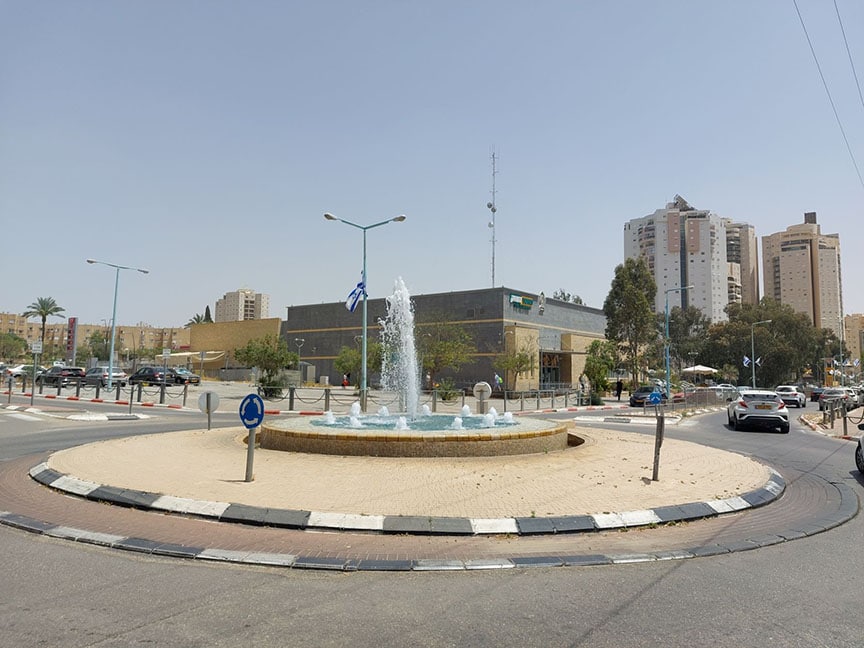
The abundance of water in Be’er Sheva is not a new development. As long-time resident Howard Bass said when asked about the flow of water to the city during the 40-plus years he has lived here: “It’s always been like this, and we have always drunk from the faucet.”
Of course, it has not always been like this.
Israel began the hard work of providing water for its residents in the 1930s, a decade before the state was established. The work has been so successful that most Israelis don’t suffer from lack of water, and cannot remember water restrictions.
In the 1920s, British economists estimated the territory of Palestine could hold no more than two million people because of limited water resources, according to Seth Siegel in “Let There Be Water.” Today that area is home to more than 12 million people and has excess water that it exports—even during years of severe drought.
Climate change isn’t helping.
Due to climate change, droughts are increasing in severity and frequency worldwide. Even developed countries are starting to see water restrictions. In the western United States, which is experiencing a historic drought, water experts such as Newsha Ajami, the chief strategy and development officer for research at Lawrence Berkeley National Laboratory, told Cal Matters that restrictions were overdue and “having a mandatory water restriction is in everyone’s benefit.”

While the western United States is “looking down the barrel of a loaded gun” as Dr. Andrew Schwartz, a leading scientist at the University of California, Berkeley, put it in a recent New York Times op-ed, many people across the globe are already in crisis. According to the WHO, 2.2 billion people around the world do not have safely managed services for drinking water and 4.2 billion people do not have safely managed sanitation services.
With billions of people affected, it’s no surprise that many experts see wars over water in our shared future.
The city of Be’er Sheva sits is a place where arguments over water go back to biblical times—but now there is plenty of water.
The city of Be’er Sheva sits is a place where arguments over water go back to biblical times—but now there is plenty of water. Driving through the city it is impossible to miss the fountains in the center of so many of the traffic circles spraying this precious resource into the air.
Why a city in the desert?
Be’er is the Hebrew word for “well” and “sheva” means either “oath” or “seven.” Be’er Sheva is where it is because someone located a well in the desert. Many religious people claim this person was Abraham and the well that he dug is in the Old City of Be’er Sheva. Modern Be’er Sheva got its start between the years 1900and 1907. Professor George L. Robinson visited the city in both of those years. After his second trip he wrote, “In 1900 Beersheba [Be’er Sheva] was a mere name, a watering-place in the desert so to speak, with but one stone building, an Arab khan [inn] and three merchants’ tents; today it is become a large village with several hundred inhabitants, in fact, a military post … and the center of government authority for the Negeb or South Country.”
Be’er Sheva continued to grow. According to the 1922 census it had a population of 2,356 people. According to the United Nations Conciliation Commission for Palestine, in 1945 the population had grown to 5,570 people. Now Be’er Sheva has about 220,000 residents and provides services to a greater metropolitan area of 750,000 people. The population boom should have completely overwhelmed the local water resources, but it didn’t.
“The two biggest projects that contributed to the water in the desert are the National Water Carrier and desalination plants,” Ehud Zion Waldoks, a spokesperson for the Ben-Gurion University of the Negev, explained during a Zoom interview. “Building the National Water Carrier was unique at the time, in understanding there is only one real source of water [the Sea of Galilee] in the country and building a transport system to take it from there to all the other parts of the country that are going to need it.”
In June 1964, the National Water Carrier was opened and the southern city of Be’er Sheva had water from the Sea of Galilee in the north. The Israeli government would continue improving this system, which is one of the most efficient in the world. The average leakage rate of water during transport worldwide is 30%, but Israel maintains a rate of 7-8%.
Even after the National Water Carrier was able to efficiently transport water around the county a severe drought was still a threat to agriculture. Like most countries, Israel prioritizes water for the population. But Israel found a way to use this water for agriculture as well, by recycling it.
But Israel found a way to use this water for agriculture as well, by recycling it.
In much of the world, used water, or sewage, is not only inconvenient but dangerous. Sewage commonly carries bacteria and diseases including E. coli, shigellosis, typhoid fever, salmonella, and cholera, according to the Delaware Health and Social Services.
Most rich and technologically advanced countries remove this wastewater to protect public safety. In poorer countries, it is a public health disaster. Israel leads the world by recycling and reusing close to 90% of this water sewage water, in second place comes Spain, which recycles 20%.
The Last Crisis
These solutions decreased the impact of drought but did not solve it. In 2008, after a decade-long drought, Israel was once again on the edge of disaster and water restrictions were imposed on farmers. Another solution had already been found and was in the process of being implemented. That solution was desalination. In 2005 Israel’s first desalination plant opened in Ashkelon, producing over 33 billion gallons of water a year. This plant was followed by others including in Hadera in 2009 and Soreq in 2013. Today, 70% of Israel’s domestic water demand is met by desalination and more plants are being built. This means Be’er Sheva has access to a virtually unlimited supply of water.

This is far from the norm in the region. Amman, the capital of Israel’s neighbor Jordan, has severe restrictions. As Zion-Waldoks said, “[I]n Amman, they have big containers on the roofs and get water once a week, they have to ration it.” But due to the water production and conversion practices implemented by Israel, Be’er Sheva didn’t limit water and was able to continue the planned installation of fountains, grass, and the 23-acre lake.
Is the grass greener?
These new additions have their drawbacks. “The humidity is much higher these days,” longtime resident Jeffrey Green complained, with the “combination of trees, grass, fountains, and now especially the lake.”
Another resident, Hannah Parow-Souchon, thinks the fountains and lakes are a waste. “[L]ess of it [water] needs to be squandered on fountains and lawns,” she said.
Josh Stramer, an environmental engineer and resident of Be’er Sheva, doesn’t think that water is wasted. “You need to have trees for shade, and they are a way of filtering pollution. You have to have trees and plants to filter the air,” he said.

Desalinating water to make this possible also has negative effects. Reporting by Haaretz highlighted that large amounts of salt are dumped back into the sea as a result of the process, and desalination plants consume a vast amount of energy—contributing to more global warming.
But in an essay for WaterWorld, Juneseok Lee, an associate professor in the civil and environmental engineering department at Manhattan College, and Tamim Younos, founder and president of the Green Water-Infrastructure Academy, expect “that evolving renewable technologies will facilitate the development of environmentally friendly and economically sustainable desalination plants.”
While there is debate as to whether all of these additions and systems are good, no one questions that they work. Everyone in this city expects that when they turn on their faucet water will flow.
Be’er Sheva is not a desert mirage but a beacon, showing the world how it can effectively deal with the consequences of climate change through well-managed water systems. After night falls, many of the fountains throughout the city are illuminated by lightbulbs placed beneath the jets of water. At one of these fountains, the heights of the streams and the colors cast through them are constantly changing providing a show for passersby.
When there is water it is easy to take it for granted, but as the poet W.H. Auden observed, “thousands have lived without love, not one without water.”
David Ben Moshe is a writer, speaker and fitness coach. His work focuses on race relations, criminal justice reform, fitness, Judaism and Israel. He’s currently working on a memoir of his journey from federal prison in the United States to Israel where he lives with his wife and two children. Connect with him on Twitter @RealDBenMoshe.






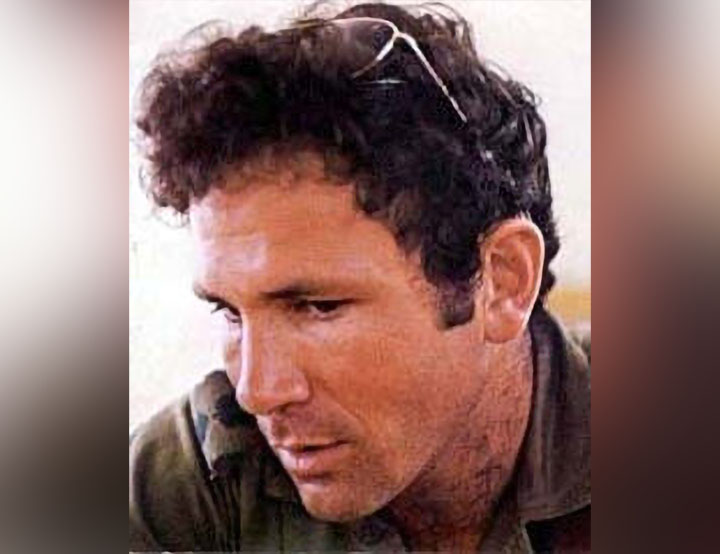




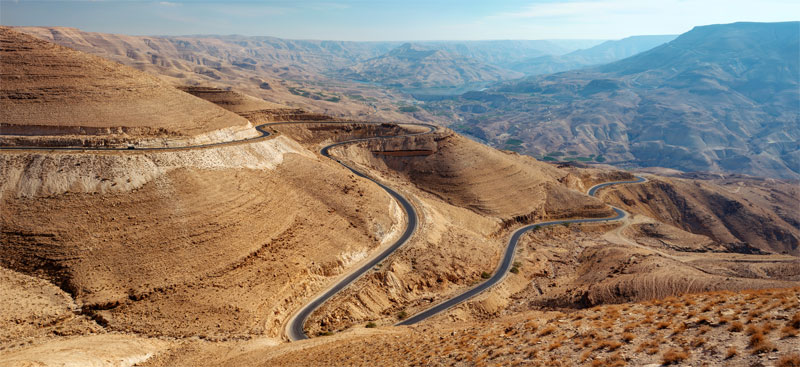



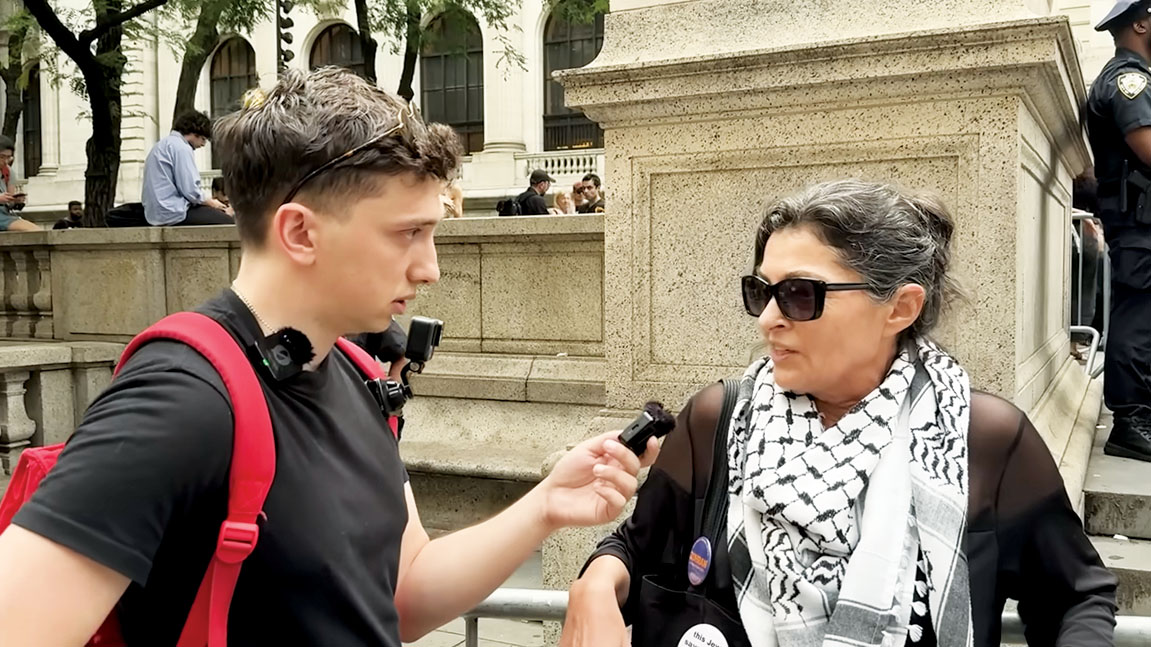
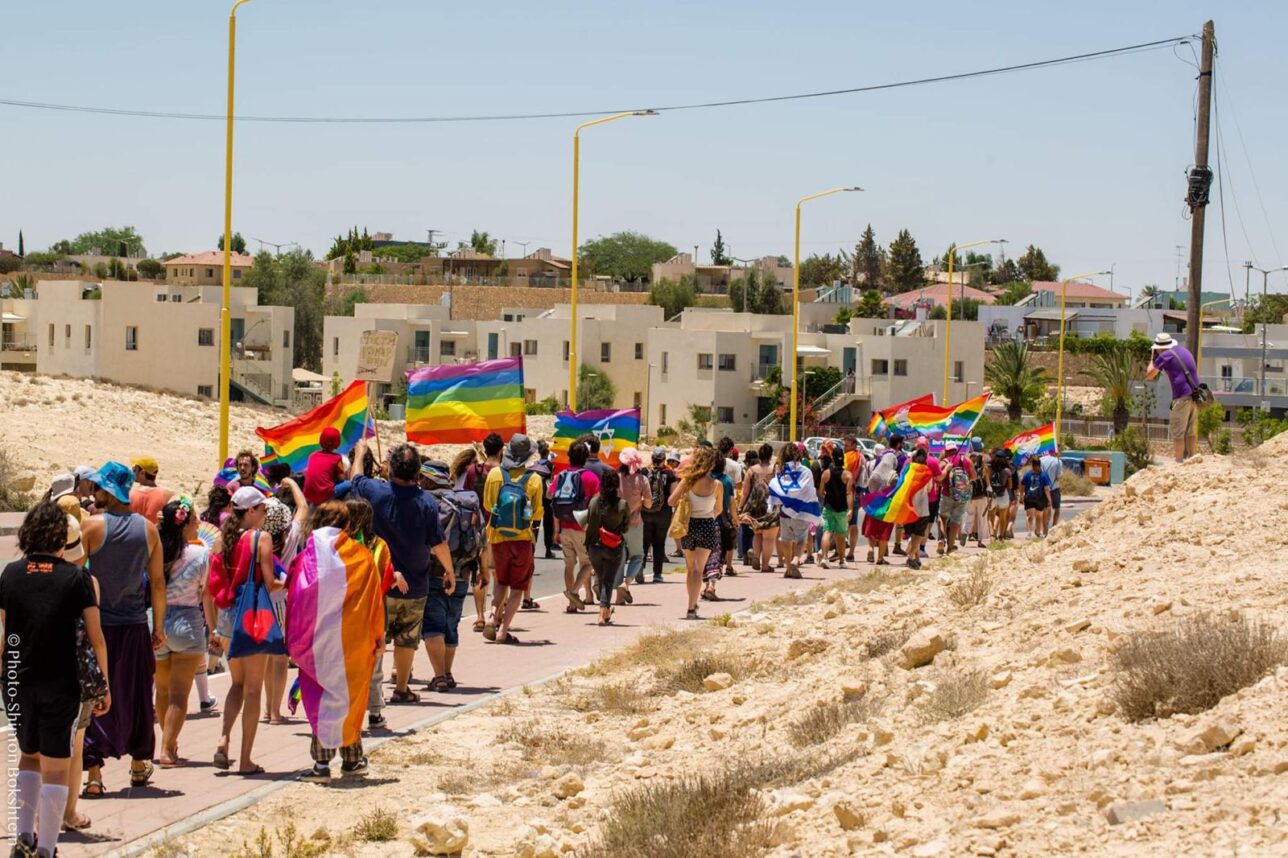











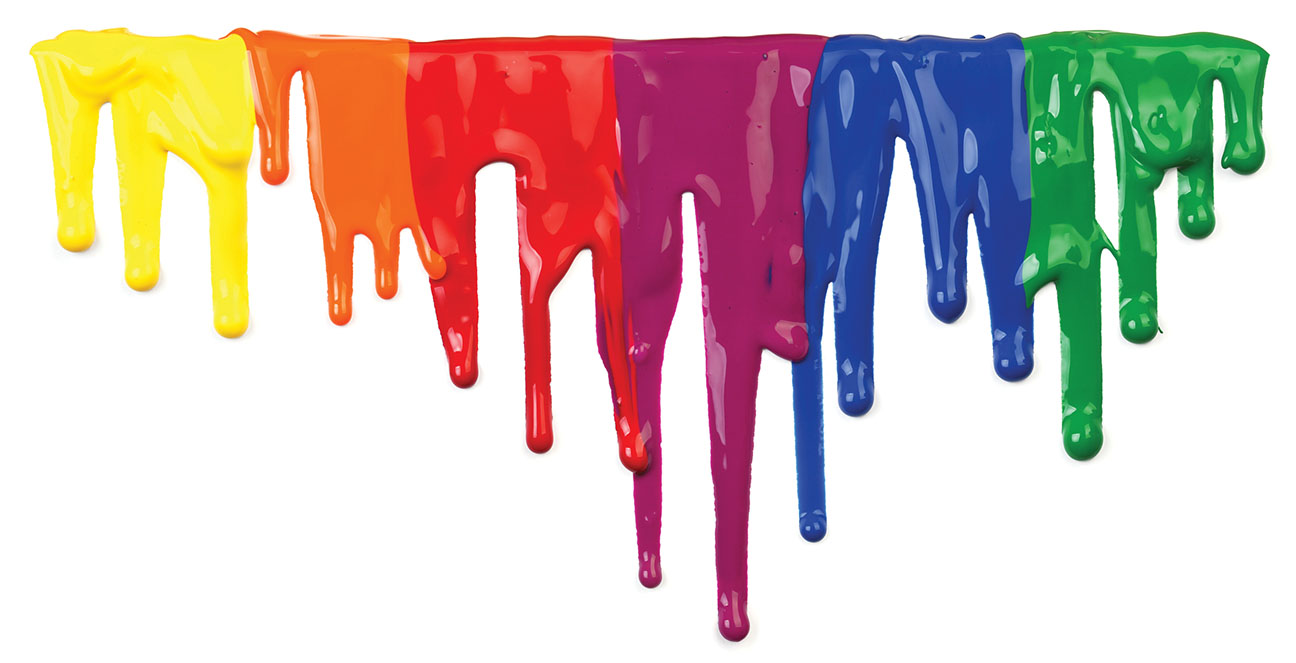

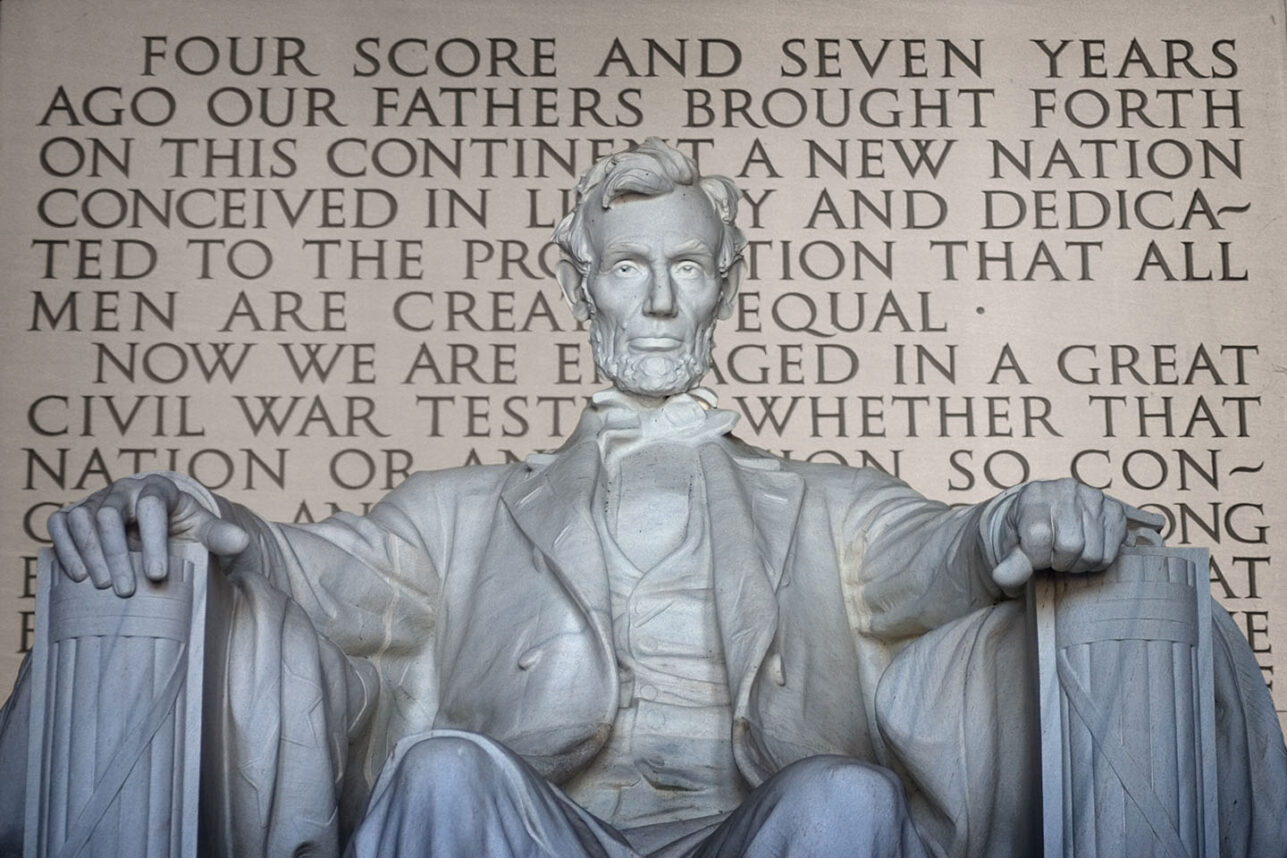
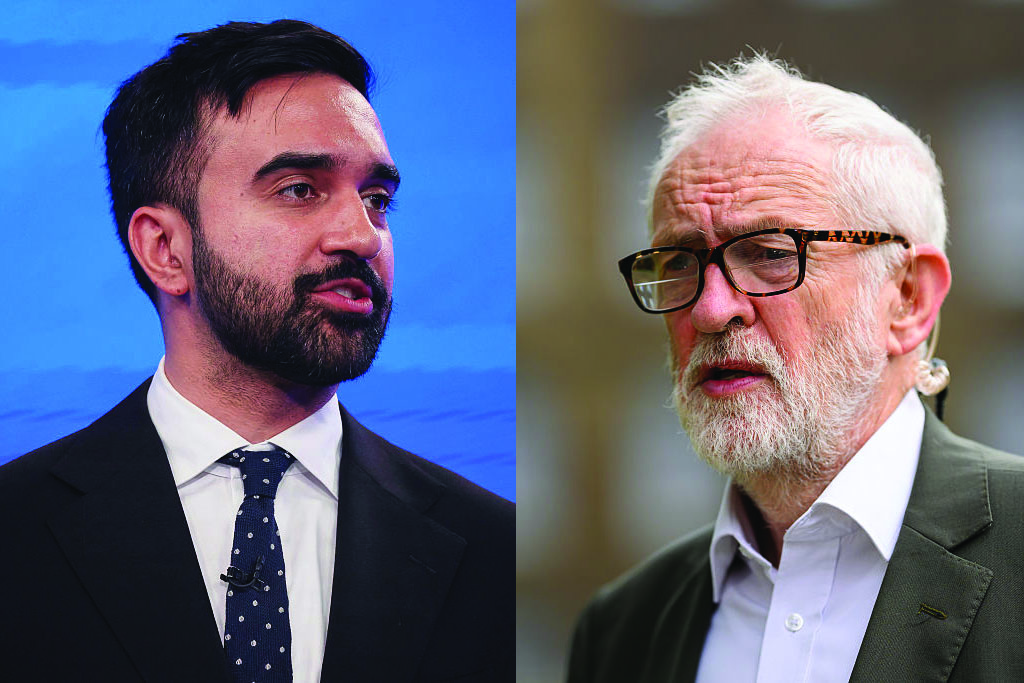

 More news and opinions than at a Shabbat dinner, right in your inbox.
More news and opinions than at a Shabbat dinner, right in your inbox.